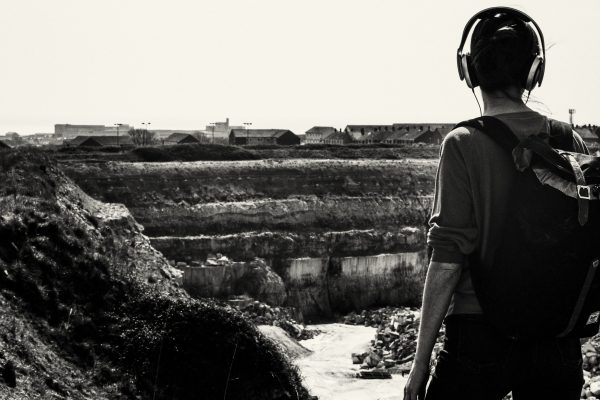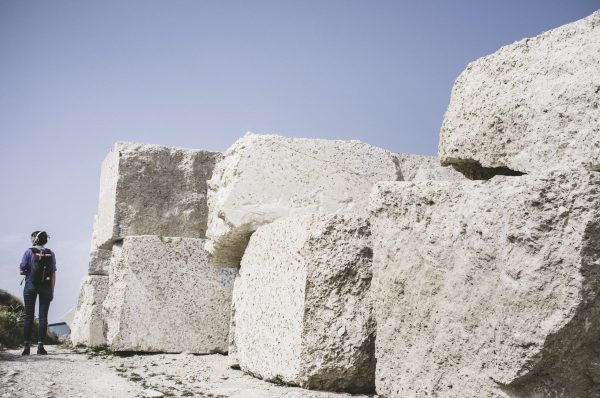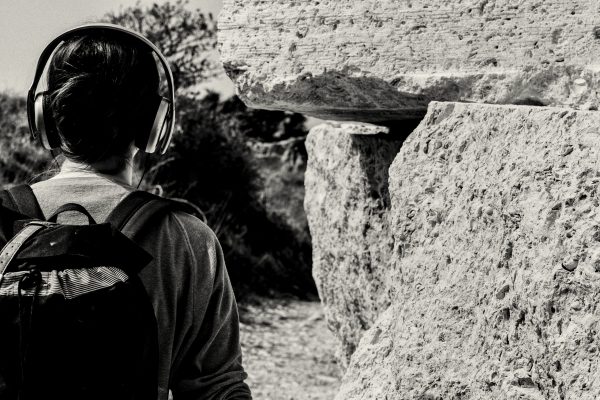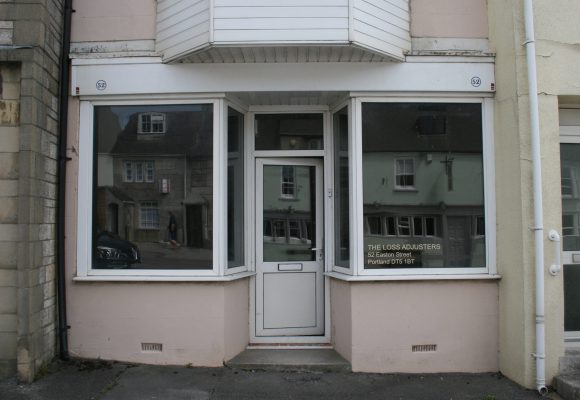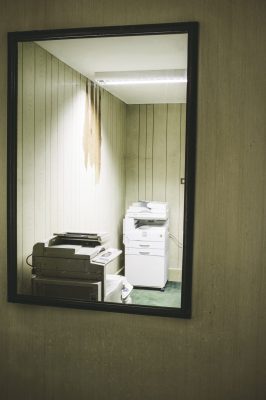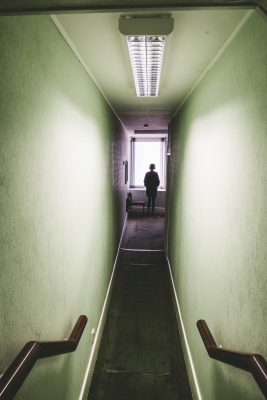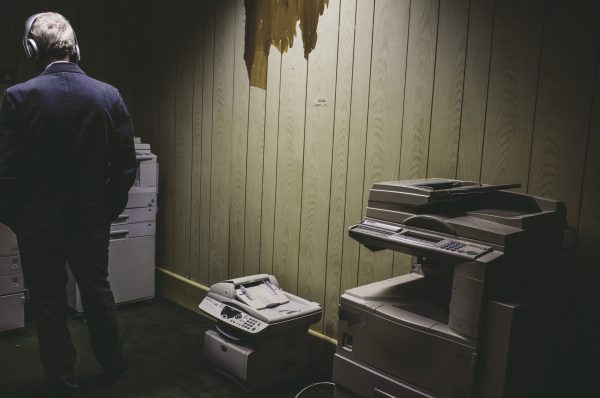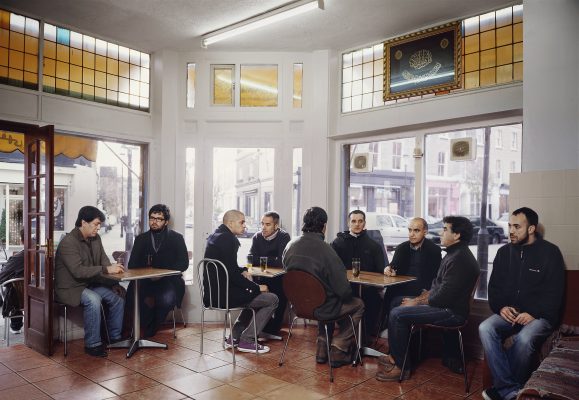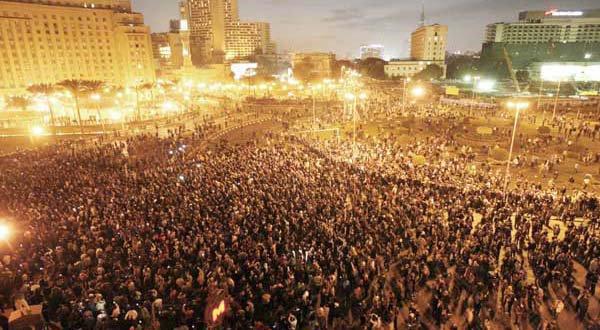G.W.F. Hegel isn’t looking too good. With an afternoon of student tutorials to attend at the School of Sculpture Without Objects, the brittle corpus of this 240-year-old philosopher looks set to crumble at any moment. Katrina Palmer suggests we’d better keep a dustpan and brush to hand. There might be some residue to sweep up.
Since her first novel, The Dark Object, was published by Book Works as part of Stewart Home’s ‘Semina’ series in 2010, Palmer has crafted a recalcitrant form of artist’s fiction that tempers its philosophically informed investigations of sculptural materiality with a wry humour. It’s a mode of writing that transitions fluidly between print, audio and spoken performance, constantly testing the perimeters of its contextual environs along the way. As Palmer puts it in that book, even the bodies of revered philosophers may become subject to the peculiar strategies of ontological investigation that her writing proposes. Indeed, both the bumbling (but lovable?) Slovenian nose-twitcher Slavoj Žižek and the aforementioned dusty dialectician are lyrically plied and moulded into a body of raw thought-matter, in a novel that satirises the numerous micro-fascisms of aesthetic pedagogy.
This summer, End Matter – an ambitious Artangel project set on the Isle of Portland just south of Dorset’s Jurassic Coast – saw Palmer’s writing extend through a radio play broadcast by the BBC and a series of audio-guided walks that sought to lead visitors through the vertiginous territories of the quarried moonscape, long famed for its brilliant white stone. A colossal cavity mined to substantiate the pillars of empire, the island has provided a notorious source for the iconic building blocks used most notably while plugging the entrance to hell with the Bank of England. Visiting the work earlier in the year, I was surprised at the sense of vulnerability it managed to induce as I chartered its narrativised pathways through tumbledown crags and along the peripheries of voidal recesses. While British land art has always been defined by its quaint localities (in contrast to the heroic immensities of U.S. frontierism), it was startling to experience the deftness with which Palmer was able to destabilise and make strange the solidity of the vast geological strata through the introduction of modest fictions detailing the exploits of ‘the Loss Adjustors’, a shady bureaucratic organisation charged with the sensorial quantification of material loss.
We met on the concrete rooftop terraces of the National Theatre to discuss how a sculptural sensibility could find form in language, where the intersections of the analytical and the occult could be drawn, and how an engaged erotics might provide useful tools for an interrogation of materiality.
